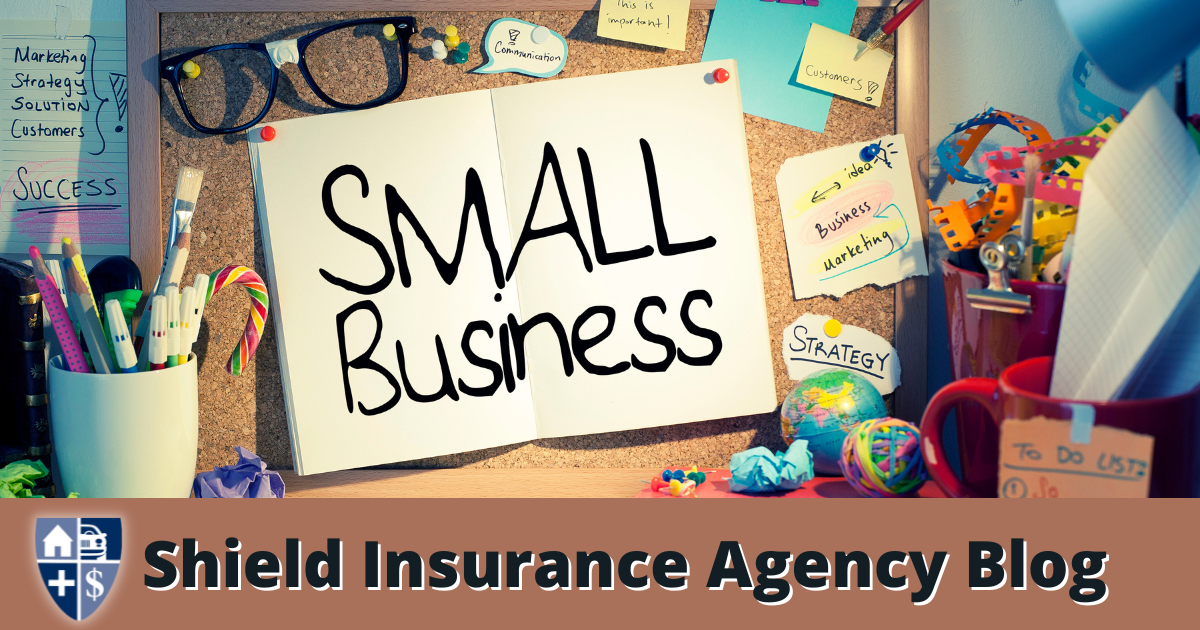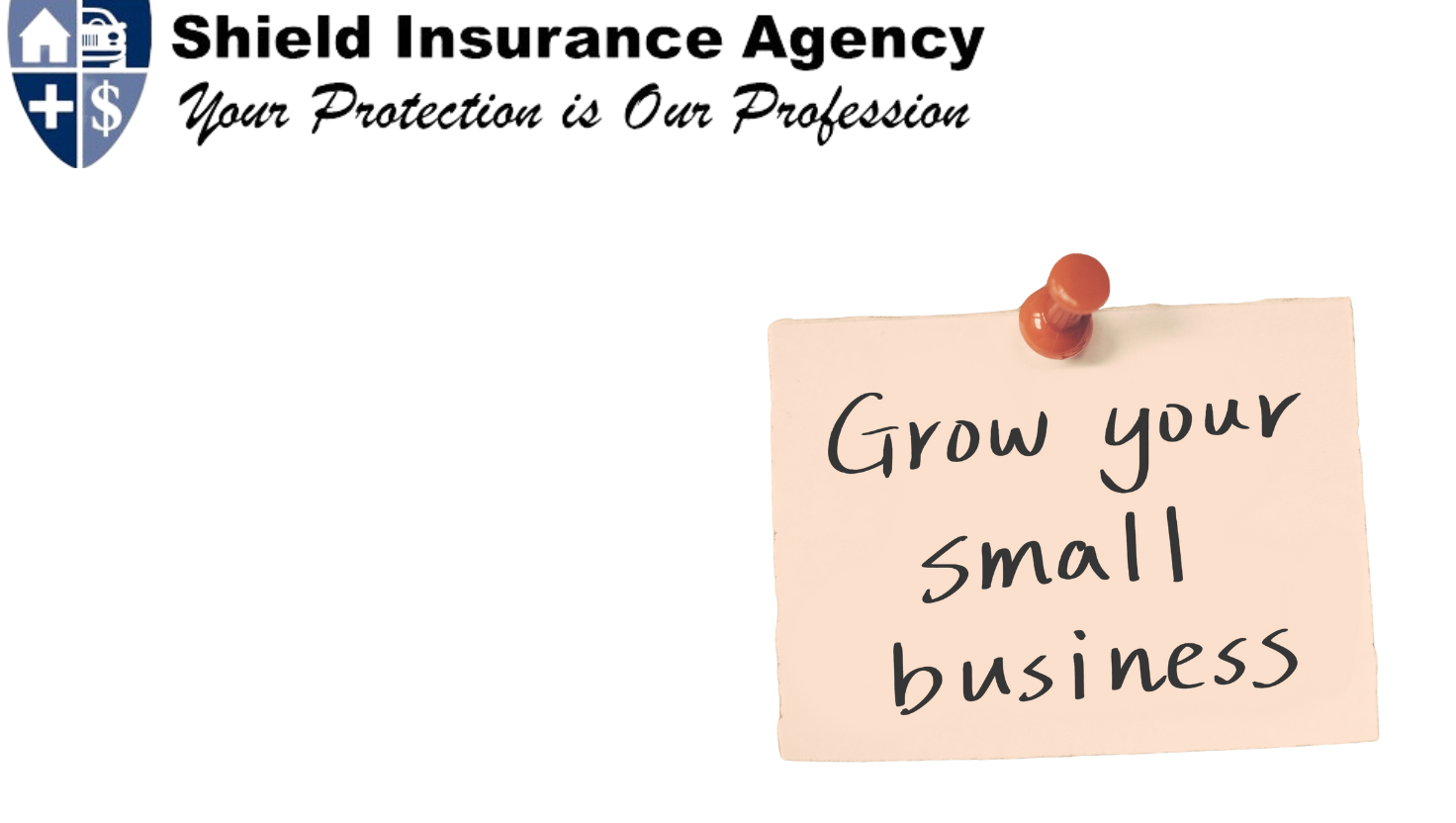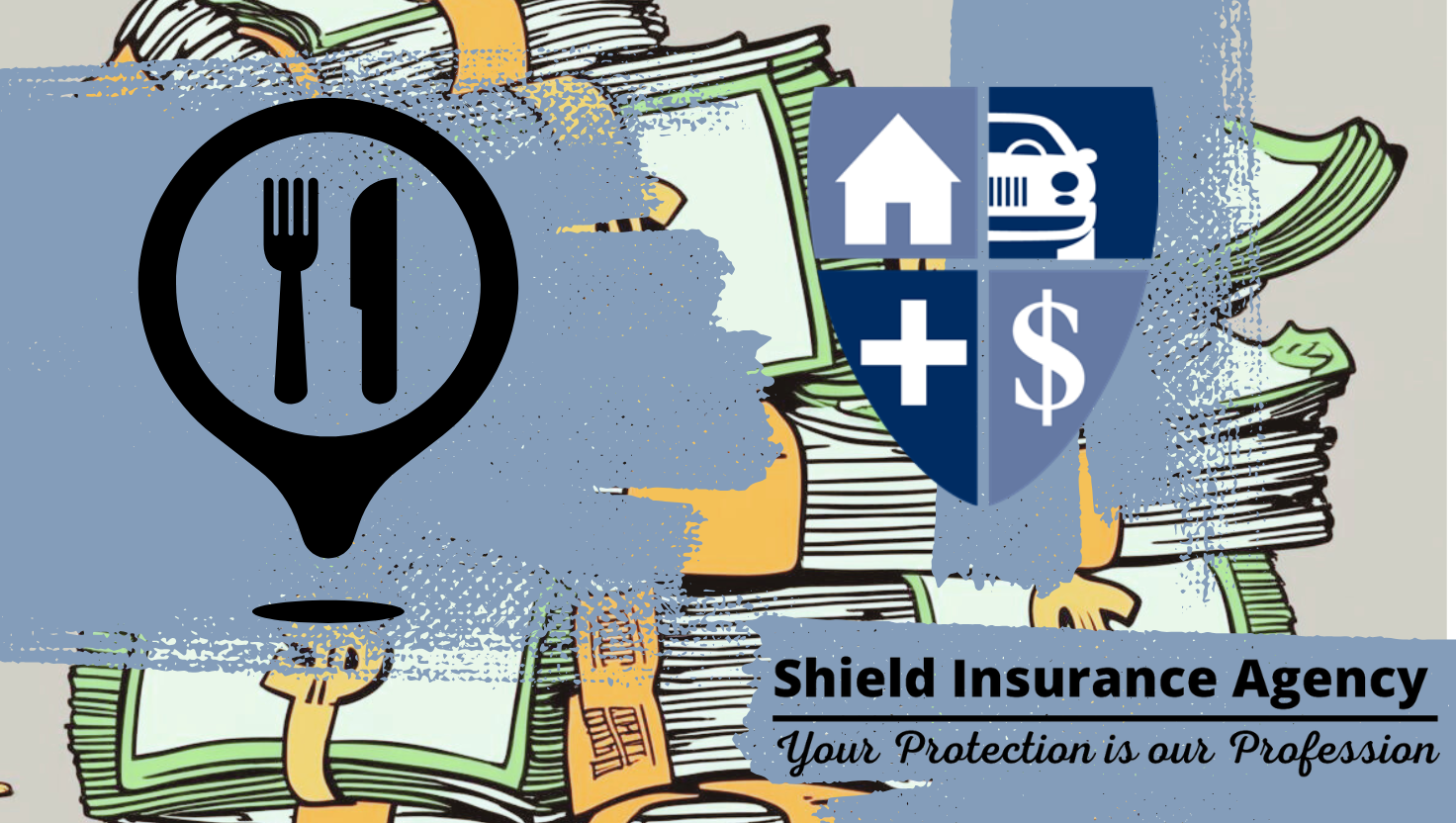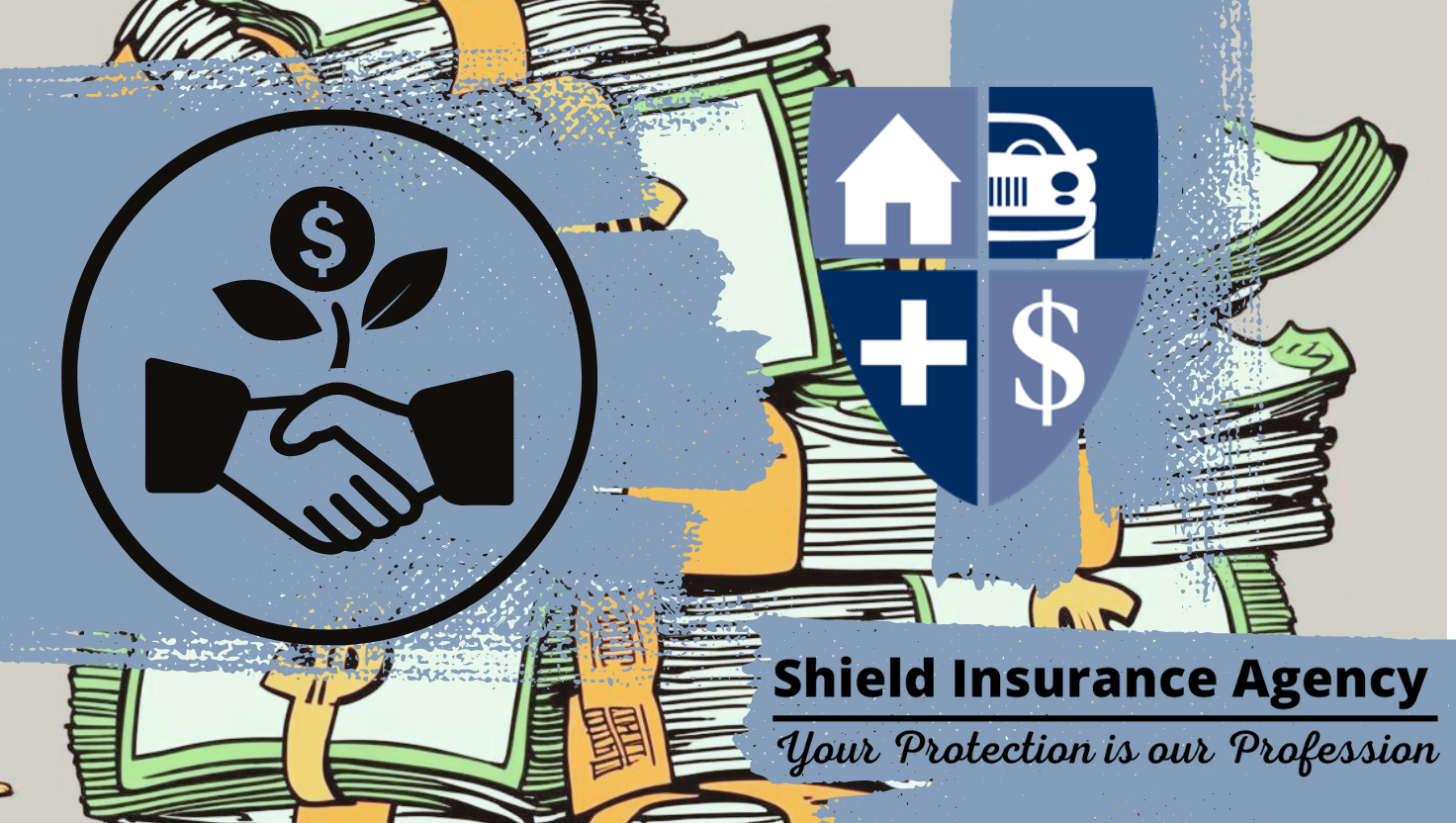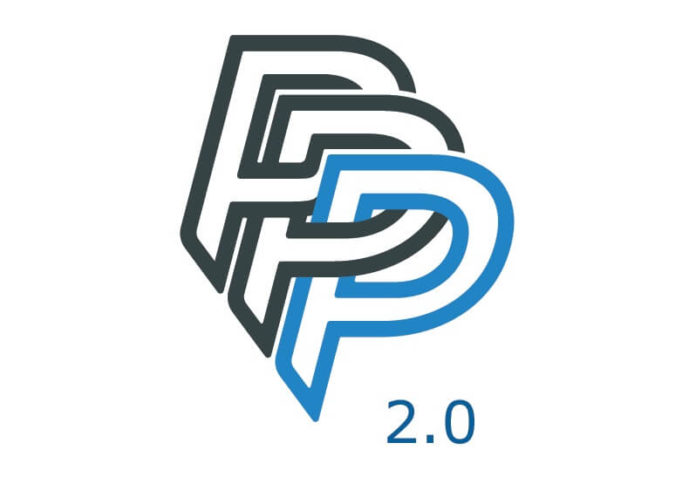Nationwide | February 23, 2021 | Farmers Market | Business Insurance | Start a quote today!
Strolling around the local farmers market on a Saturday morning is a popular pastime, and if you grow, bake, craft, or create things as a hobby, you may have wondered if you might sell your goods and produce there. Farmers markets are growing in popularity, so it’s no surprise that gardeners, bakers, artists, and other local vendors are capitalizing on this money-making opportunity. Before you start down the path of making this dream a reality, you first must make sure that there’s a market at which you can sell.
A Guide to Becoming a farmers market vendor
In this article, we’ll explore how to become a farmers’ market vendor. While it may seem as easy as grabbing your goods, setting up a table, and bringing in customers, there are tried-and-true tips and strategies that may improve your odds of success and increase your profitability. Here are some steps you can take to set your plan in motion:
1. Decide what you’re going to sell at the Farmers Market
You may already have an idea of what you’re going to sell based on your own handmade or grown goods. If you’re an artist, it’s natural that you’re considering selling your art. If you’re a renowned baker among friends and family, you may want to sell your delicacies to the masses. Perhaps you’re considering new things to sell for the first time. Some popular items for sale at many farmers markets include produce, dairy, flowers/seedlings, honey, soap/skin care, beverages, and prepared food.
When thinking about what you’d like to sell, some questions to ask yourself might be:
• Do you have the means to grow your own produce?
• What is your timeline?
• Do you plan to resell goods?
Besides having the means and materials to sell any of the above items, it’s important to note that different products may require different kinds of licenses and that each farmers market has its own rules about what you can and cannot sell.
2. Make a business plan
So you’ve decided to start selling at the farmers market. A good business plan is essential for success as an entrepreneur. It will help you map out the specifics of your business and shed light on some unknowns. A few things a business plan will help you consider are:
• What are the startup and ongoing costs?
• Who is your target market?
• How much can you charge your customers?
• What will you name your business?
Business plans are helpful no matter your level of investment — whether your farmers market is more of a hobby or full-time income. Read more on how to write a business plan.
3. Set your budget
It’s important to know what types of expenses to include in your budget. When setting your budget, there are many things to consider, including:
• Stall fee/site location cost
• Licenses
• Tables and seating
• Personnel (will you be paying staff, or will you have volunteers?)
• Storage (for merchandise and money)
• Credit card processing equipment
• Promotional items (e.g., signs, fliers and order sheets)
• Food permit costs
4. Register your business and acquire any permits or licenses
Before you start selling at a farmers market, you’ll need to get a permit for your booth. Start by contacting your market’s management team and asking what permits or licenses you’ll need to sell legally. It’s also important to be aware of local regulations and what that entails for registration (e.g., your state’s Division of Food Safety). Ask your contacts at the farmers market about required permits and licenses. Information can also be found at your state’s Department of Agriculture website.
If you do need to register with a state or local authority, you’ll fill out an application form, pay a nominal fee and submit to any required facilities inspections (for instance, your commercial or home kitchen).
5. Claim your spot for the perfect farmers market
Be proactive in claiming your spot at the market, as most farmers markets have waiting lists due to popularity among other vendors. Most markets have a website where you can apply. Otherwise, attend the market and ask to speak to a market manager. To maximize your chances of getting your first or second choice for your farmers market booth, contact market operators as early as possible, well before the season begins. Worst case scenario: You get on next year’s waiting list before all the latecomers.
6. Figure out the logistics
You’ll need to figure out all the details of setting up your space and how to transport all your goods and wares from house to market. If your food requires refrigeration, rely on coolers until you know whether your stall in the market contains access to a power source.
If you’re a small vendor, you may be able to fit everything you need in the trunk of your car. Just be careful to package things in manageable amounts because you might have to walk a far distance from the parking lot to your stall. Consider bringing help with you to make the setup, cleanup, and transportation processes easier as well as helping with the sales and monetary transactions.
Tips for making the best of your farmers market endeavors
Once you’re at the farmers market, your booth design and signage are going to play a big role in how successful you are. Make sure your area is open, clean, colorful — and visible. Set yourself up for success with these tips:
1. Market research
What other types of items are being sold at the farmers market you’re targeting? Is your product a good fit? It’s good to sell at a venue where there’s lots of demand for a certain product, but on the other hand, you don’t want to be the hundredth honey vendor at the market. Stick to a specialty that few other vendors offer or choose a market where your product isn’t oversaturated. Of course, differentiating your product from others by advertising its uniqueness always helps.
2. Catchy promotional materials
Good advertising can set your booth apart! When creating your promotional items, always check first to see whether there are certain color or sizing requirements for signs and fliers. If you are artistic (or know someone who is), you can try creating them yourself. If not, hire a marketing or design firm. Your logo and information can go on business cards, shopping totes, and handouts such as pens, just to name a few.
3. Presentation
Put some thought into your farmers’ market setup by figuring out how to present yourself while selling at your stall or booth. In the eyes of the customer, you’re a reflection of your store and your products. If you’re hoping to make a big profit, you’ll have to make your stall eye-catching and attractive. Invest in a clean, simple tablecloth to make your food or produce stand out. Be sure to wipe off any shelving before you set up for the day, and keep sample trays clean and free of crumbs. Opt for legible, creative labels that draw the eye toward all of your goods.
4. Do a practice run at home
Practice setting up and taking down your farmers market booth multiple times before your first market experience. Familiarize yourself with how your outdoor canopy structure goes together, how long the entire process takes, how to hang your business name and logo sign, set up the tables, chairs, accessories, and decorations, and how to best display your goods. Be sure to step back and approach to see how your booth looks from a customer’s point of view.
In addition to becoming an expert at setting up and taking down your farmers market stand, you may also want to practice loading and unloading everything to and from your vehicle or trailer. You don’t want to be frantically cramming items into your car the night before, only to realize it doesn’t all fit. Once you’ve figured out the transportation and how to efficiently pack your supplies and goods, it’s a good idea to pack it up the night before to save time in the morning.
5. Be prepared for inspection at the Farmers Market
Health inspections are inevitable; make sure you are prepared to show your licenses, permits, or certifications. Always know what you’re allowed to sell. If you’re selling meat, eggs, or produce, understand your state agriculture health rules, know the difference between processed and raw food, and keep your food cold if applicable.
6. Respect
Farmers markets are a place of community and teamwork. Make sure to respect your shoppers and fellow vendors. For shoppers, keep your lines moving as swiftly as possible, answer their questions, and share a little background on you and your product if they want it. Don’t be afraid to network with your fellow vendors. Refer a customer to their booth, and share success stories with each other.
A farmers market can be a fun way to sell your wares and/or produce in your community while making some extra money. Farmers markets bring together many customers in one place, and the start-up costs are fairly low. If you have the time and determination to become a farmers market vendor, congratulations — and use these tips on starting a business.
Disclaimer:
The information included is designed for informational purposes only. It is not legal, tax, financial or any other sort of advice, nor is it a substitute for such advice. The information may not apply to your specific situation. We have tried to make sure the information is accurate, but it could be outdated or even inaccurate in parts. It is the reader’s responsibility to comply with any applicable local, state, or federal regulations. Nationwide Mutual Insurance Company, its affiliates, and their employees make no warranties about the information nor guarantee of results, and they assume no liability in connection with the information provided. Nationwide, Nationwide is on your side, and the Nationwide N and Eagle are service marks of Nationwide Mutual Insurance Company. © 2021 Nationwide and Shield Insurance
Check out more great articles by Shield Insurance Agency!





